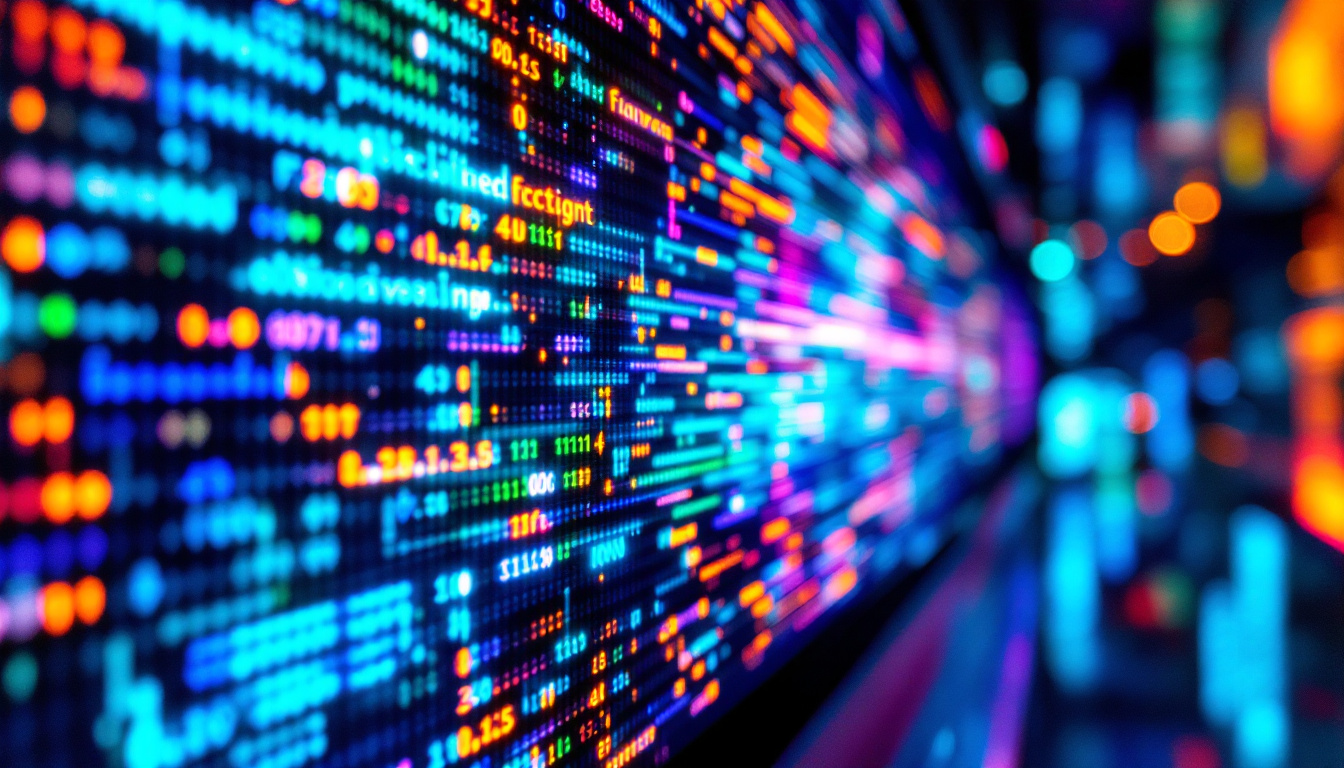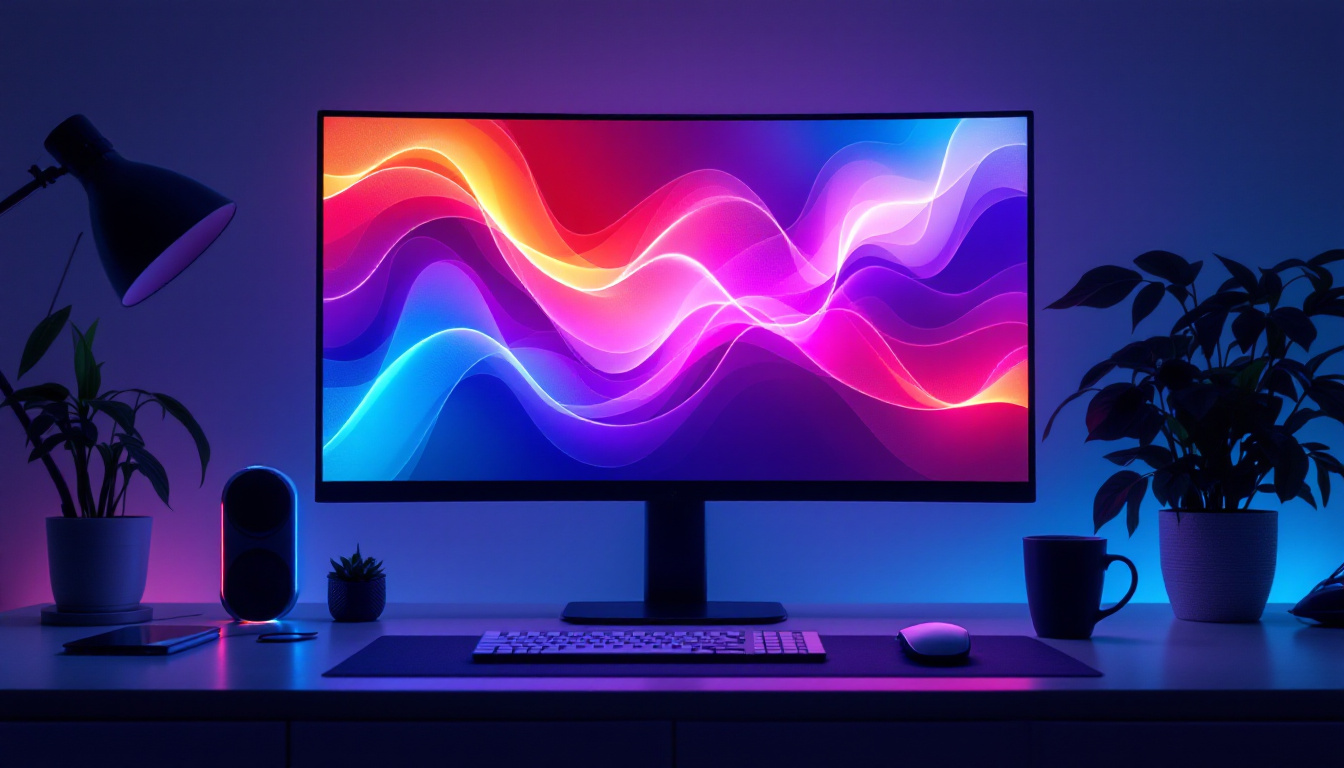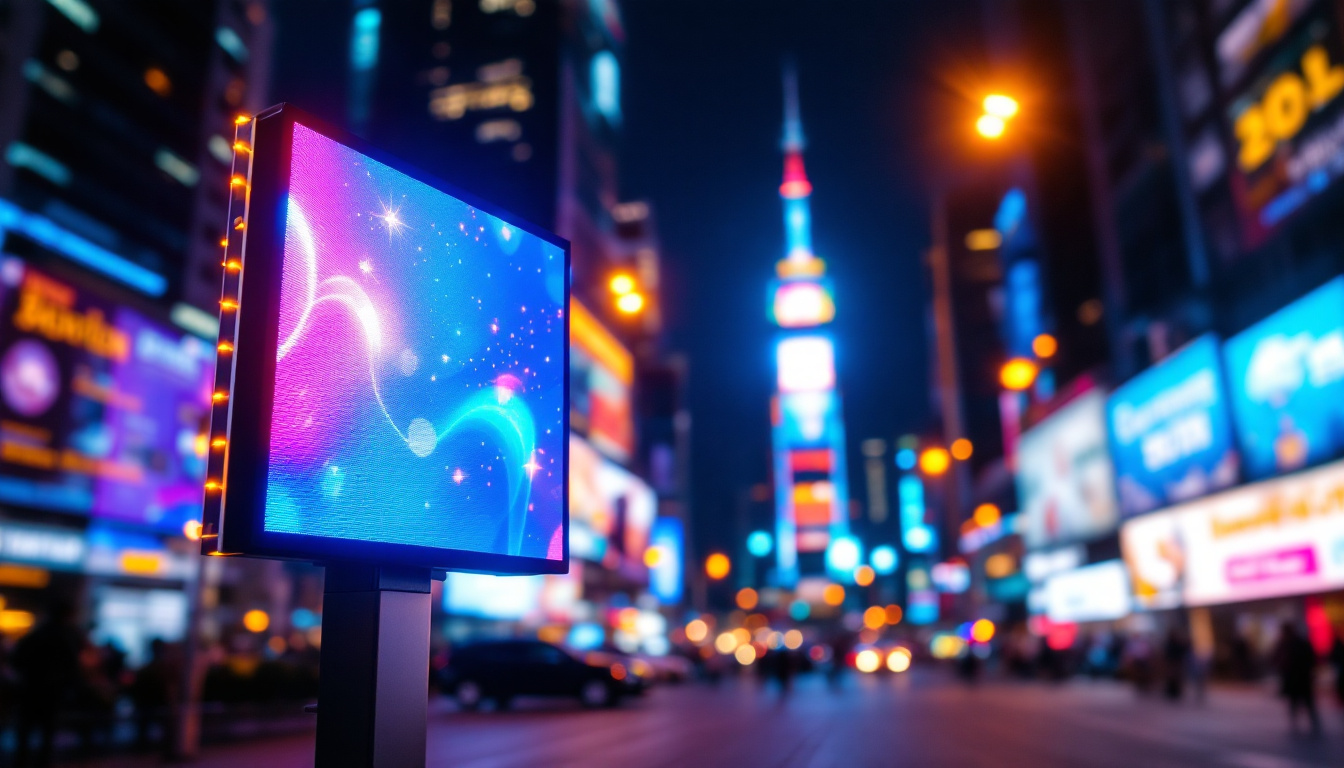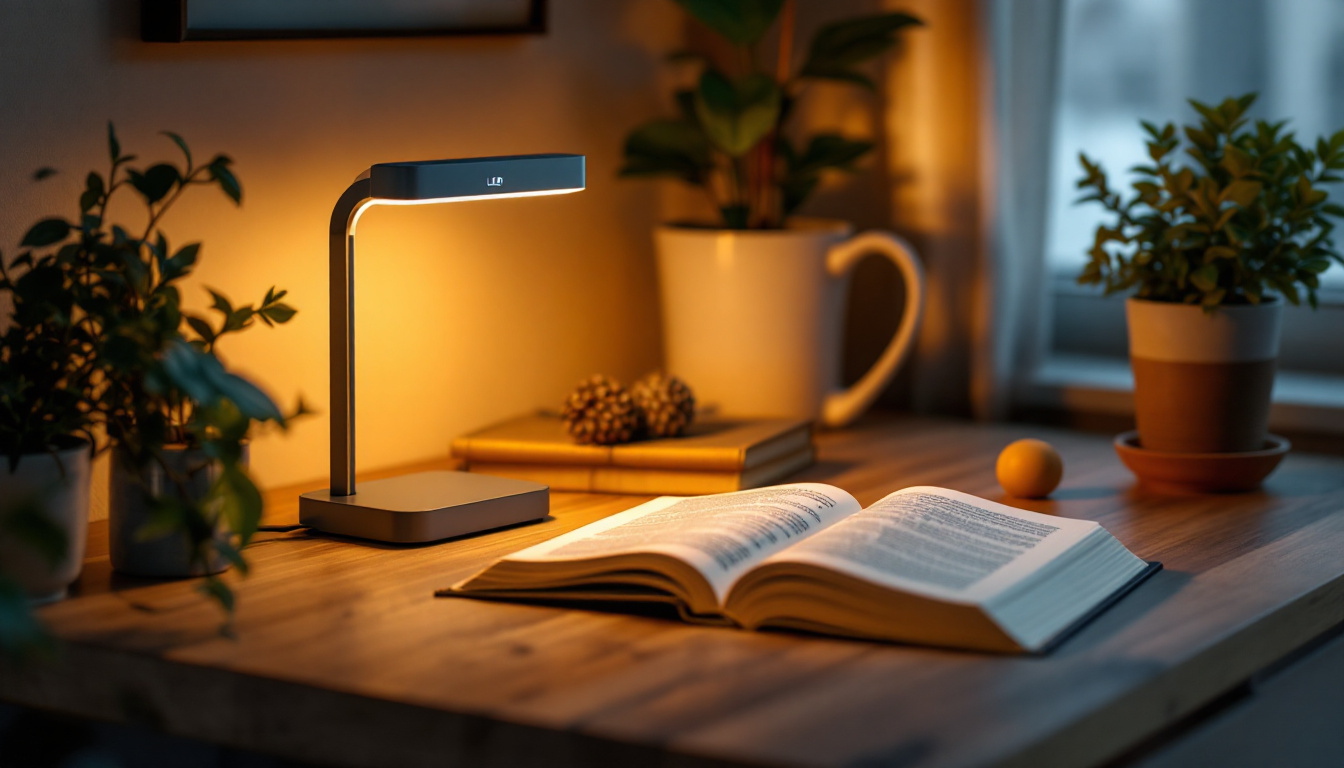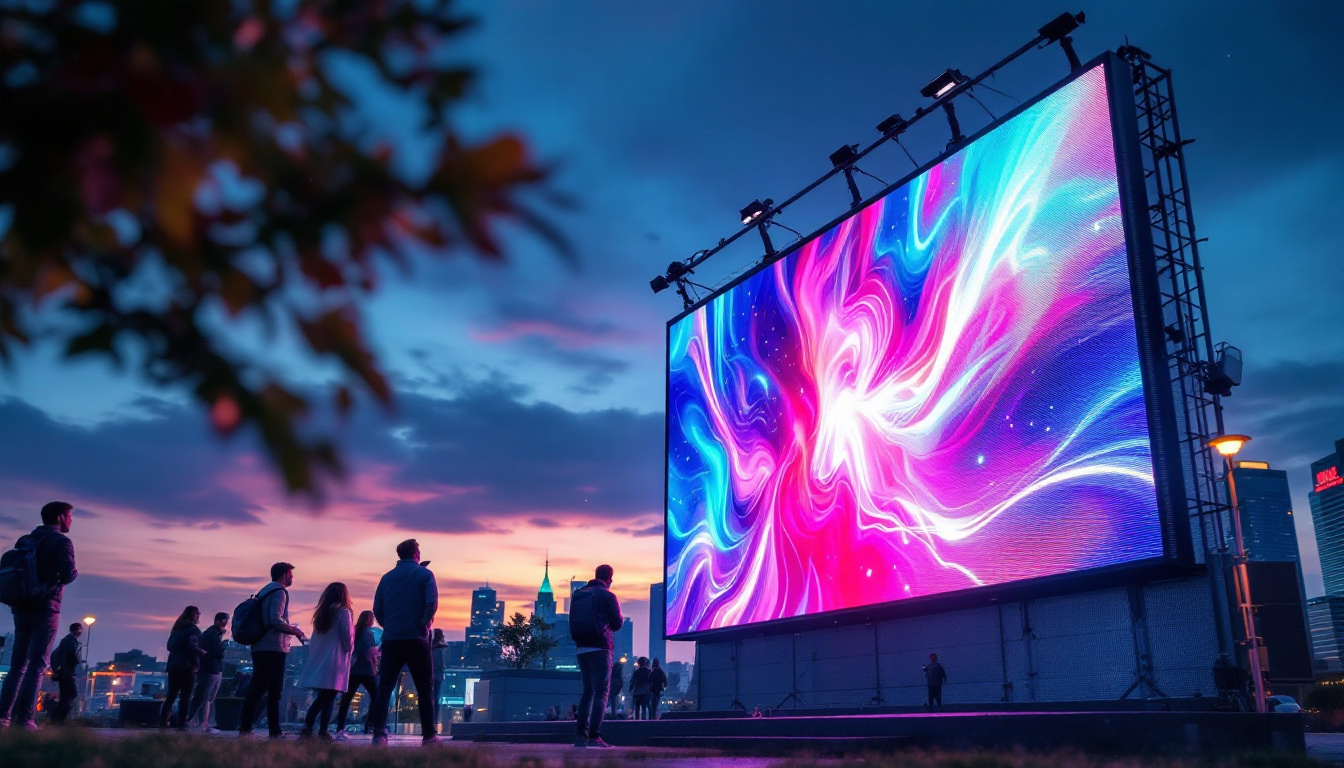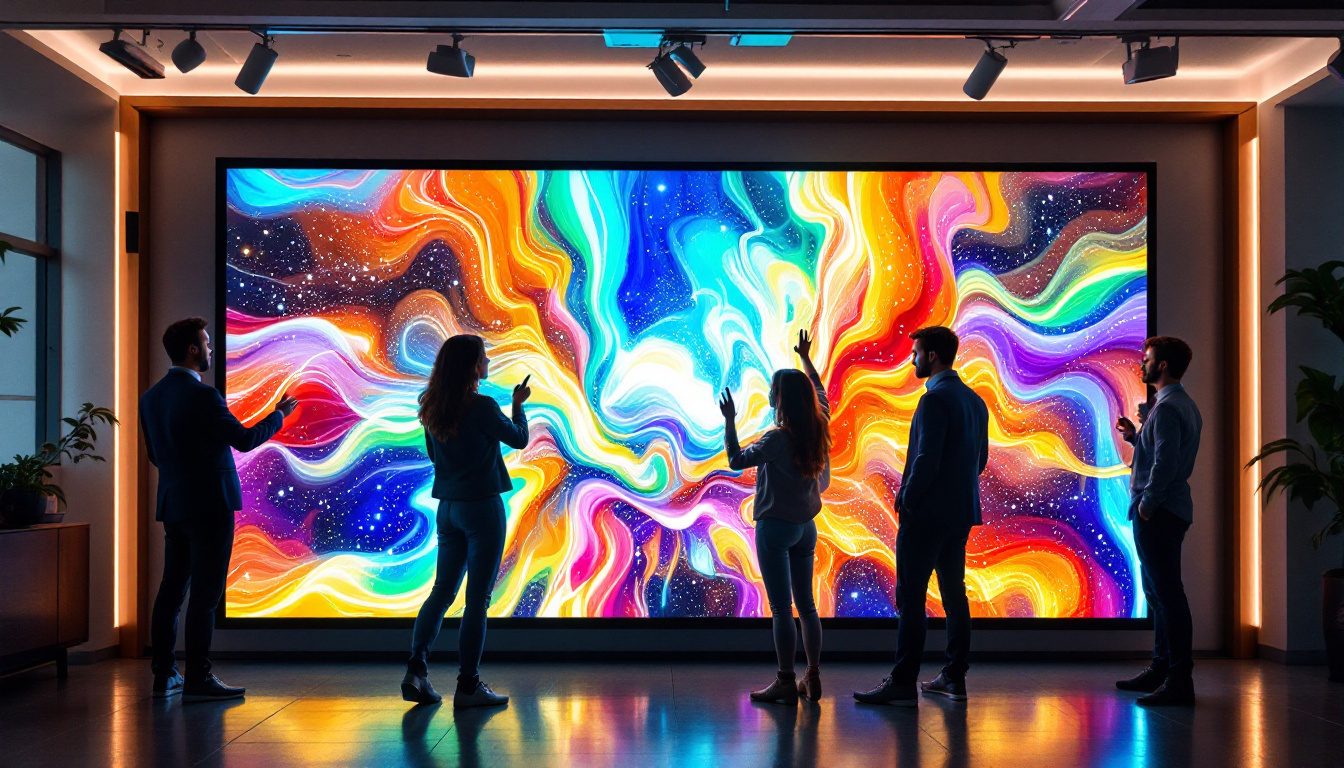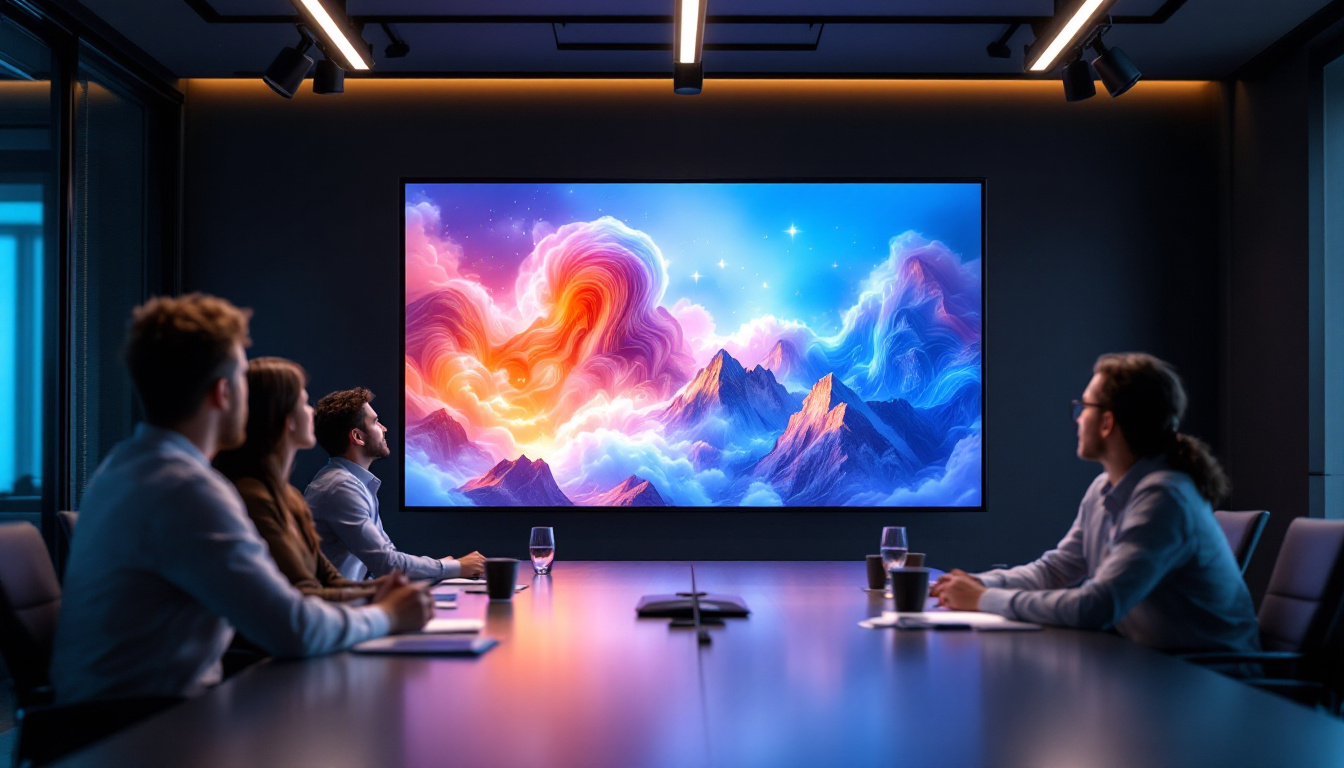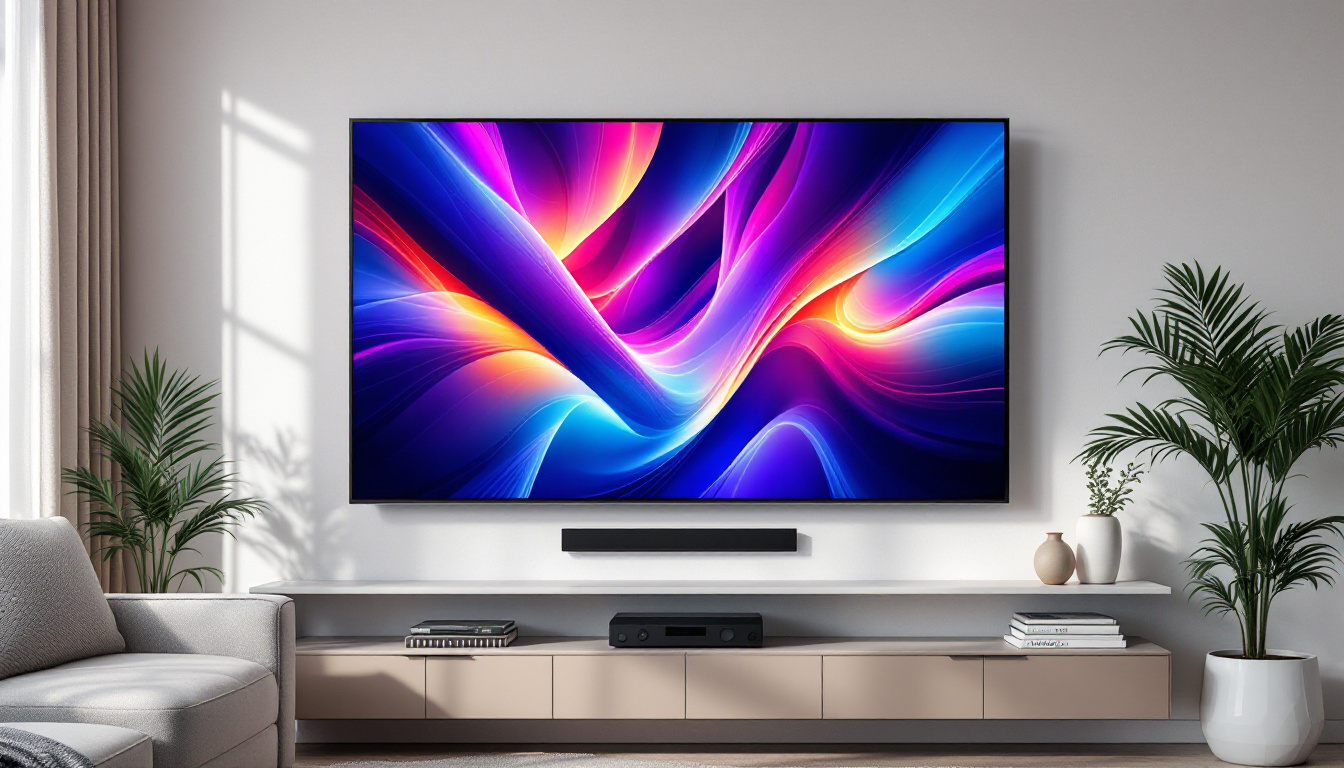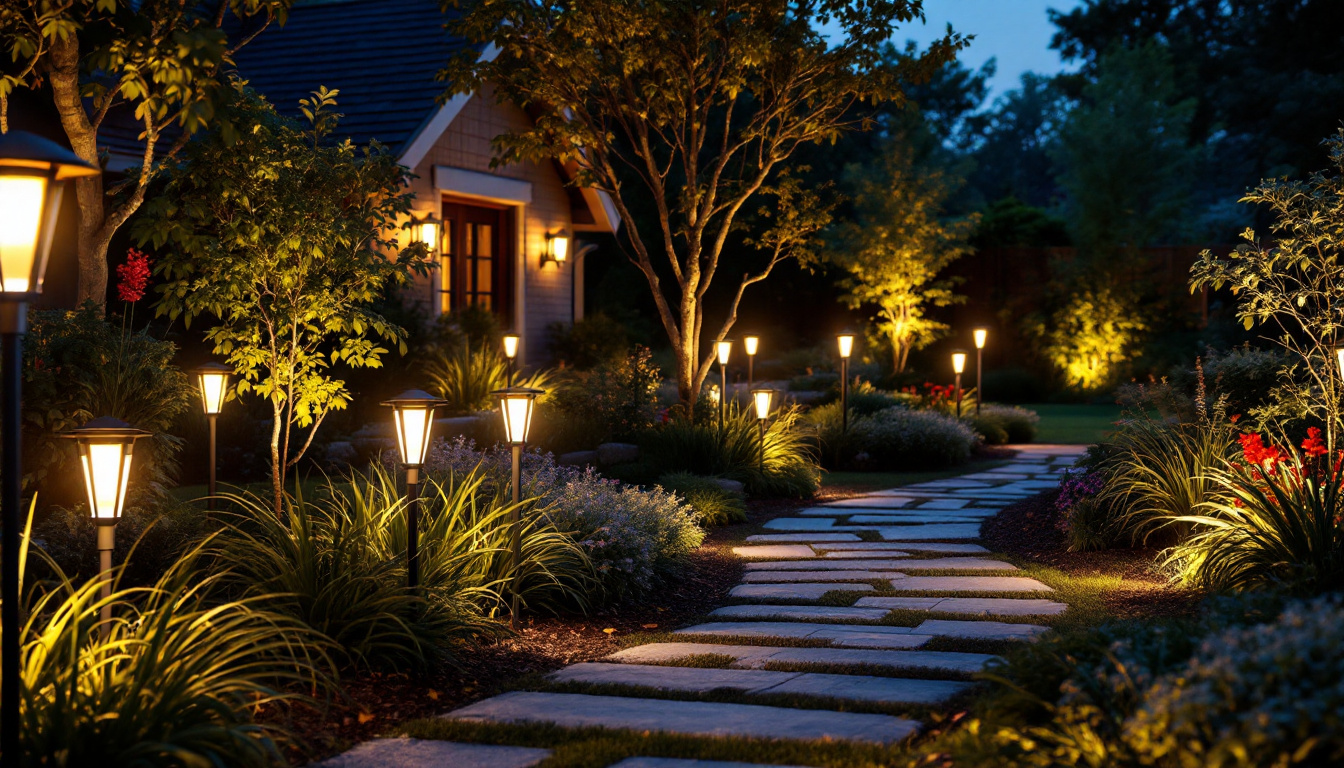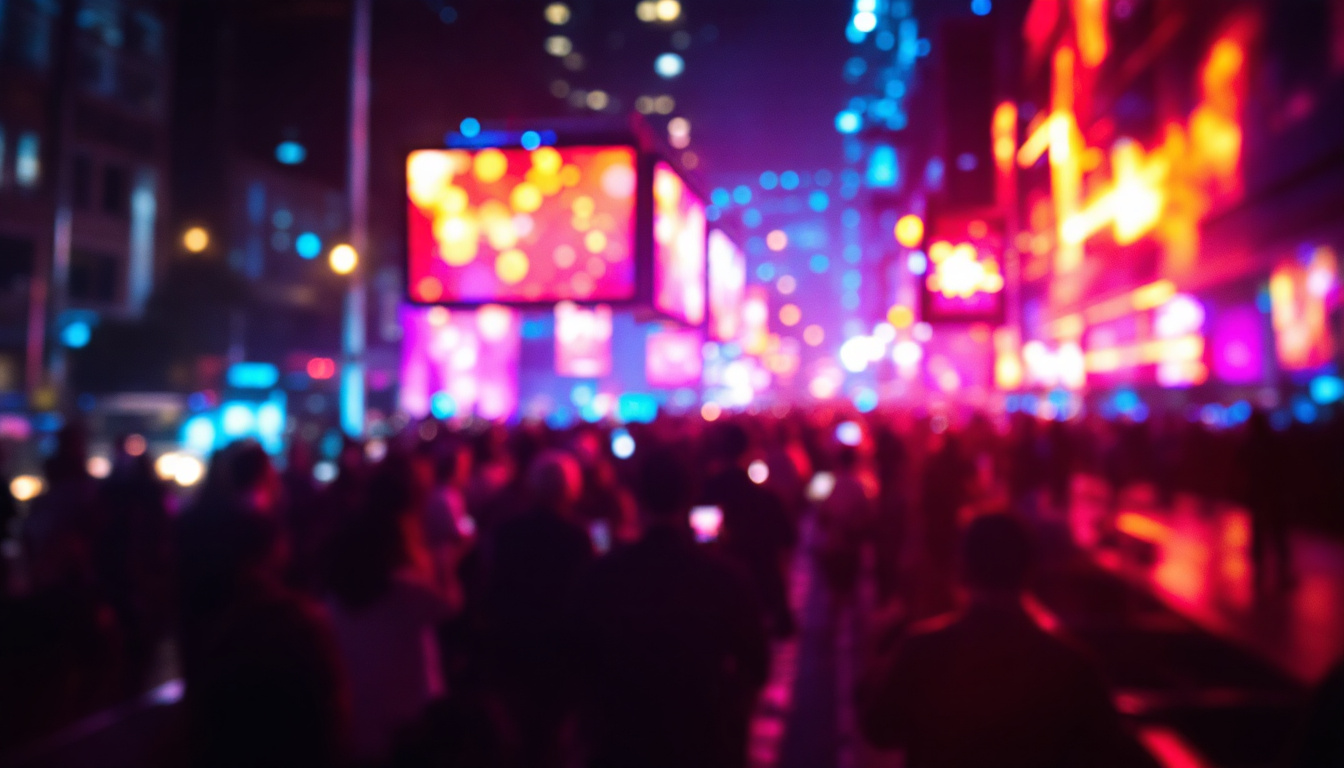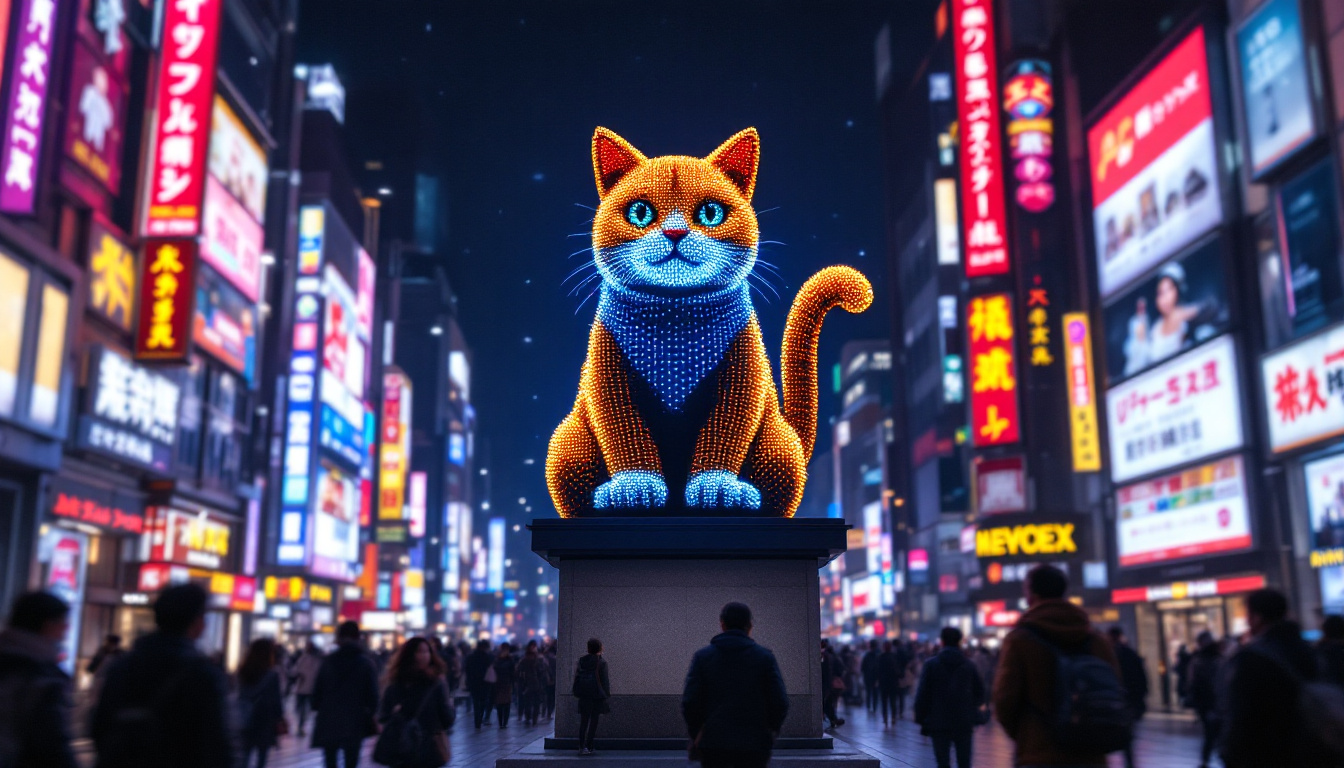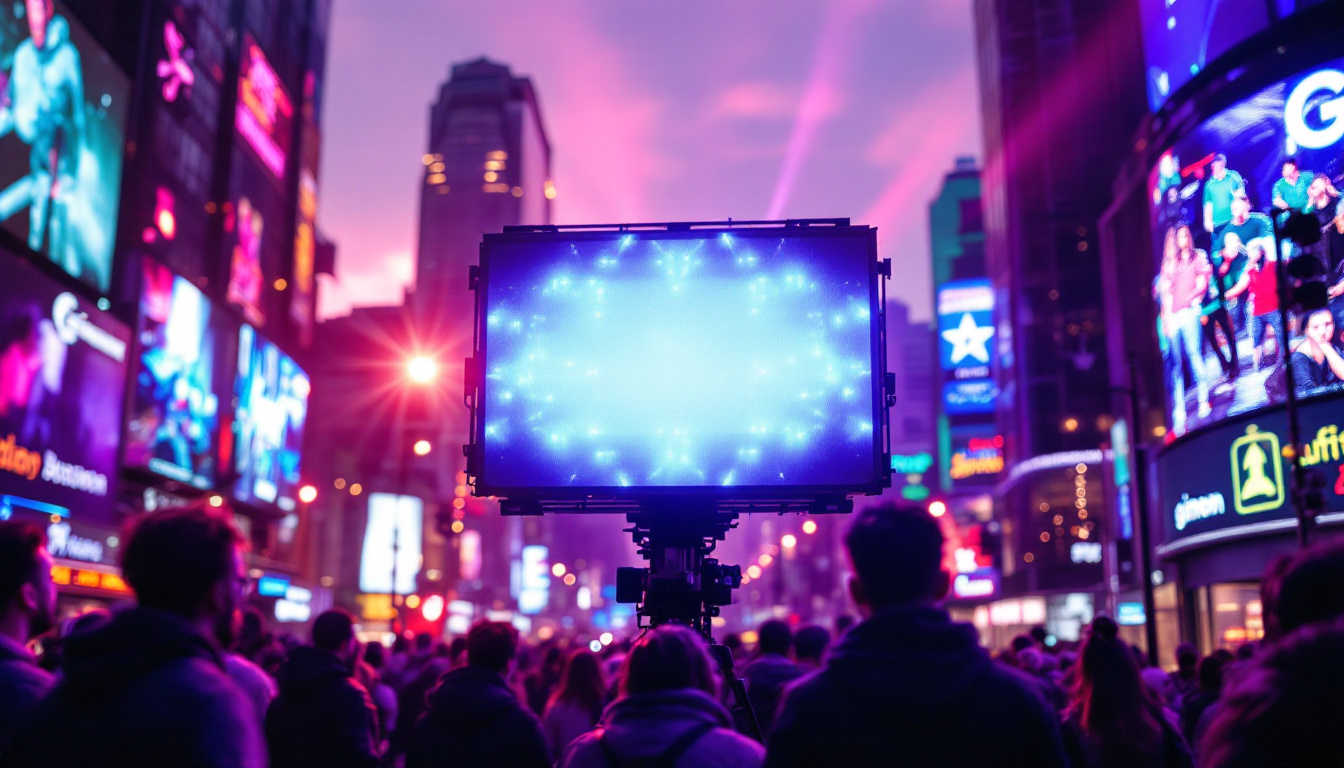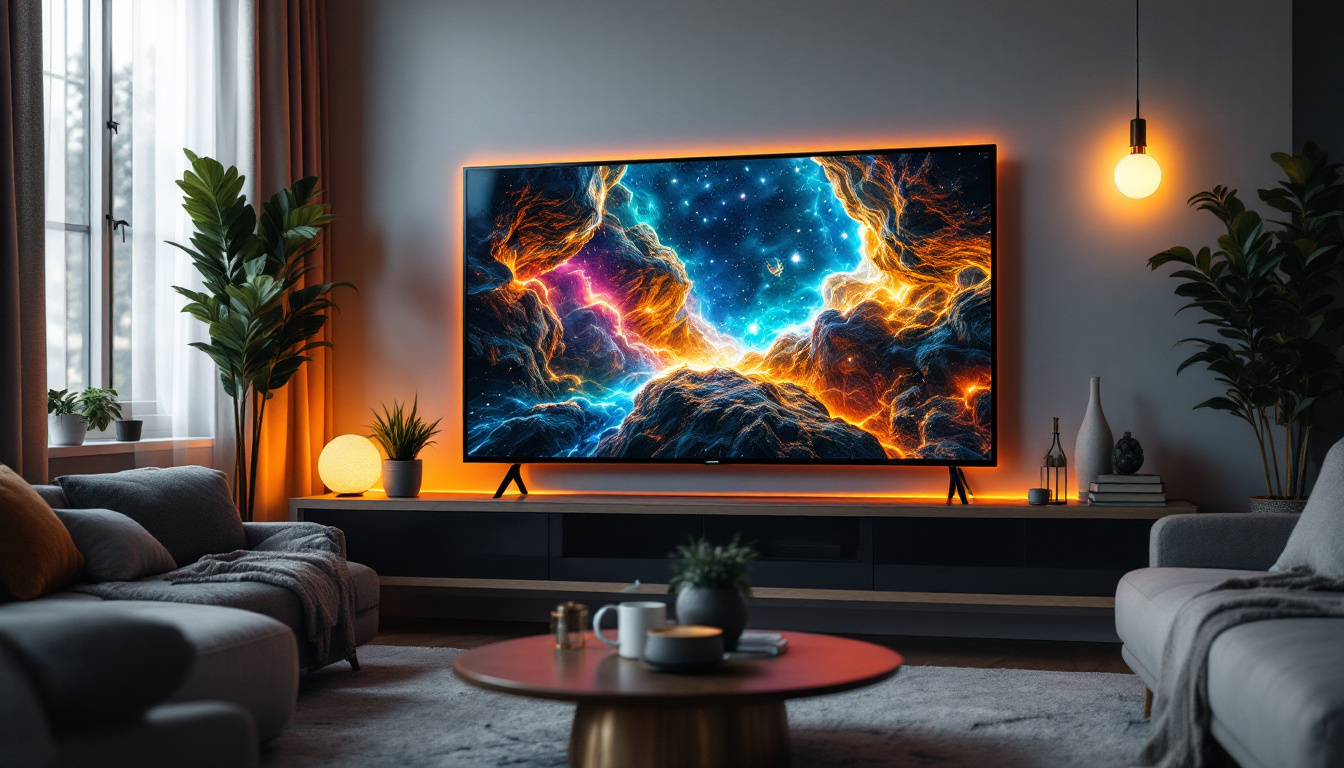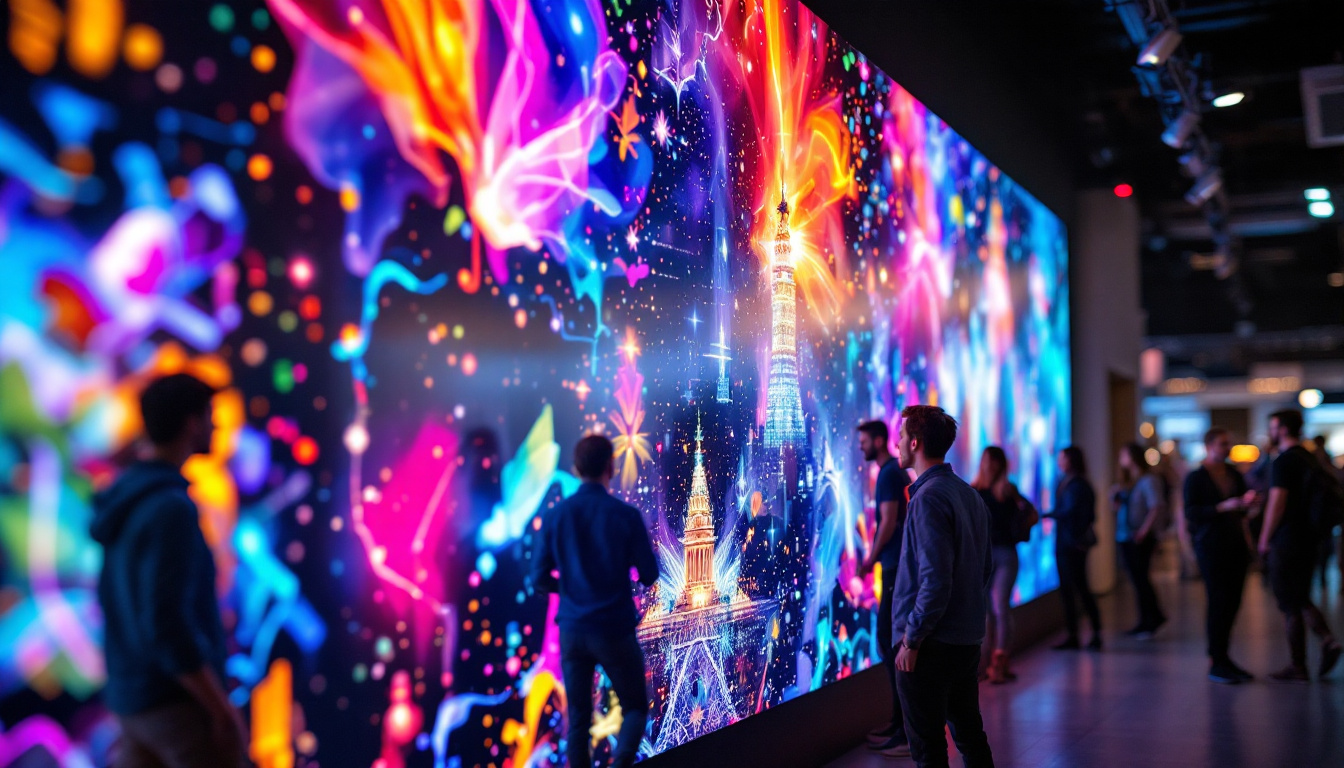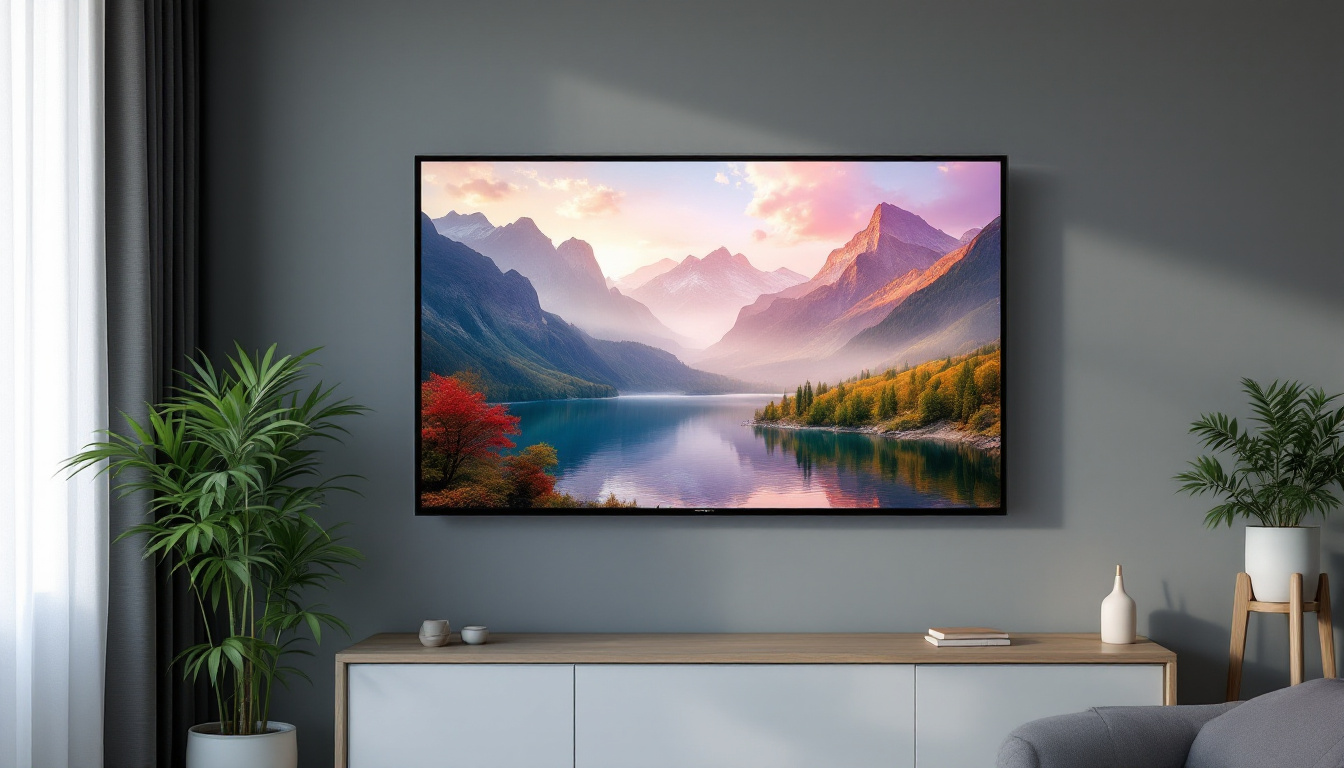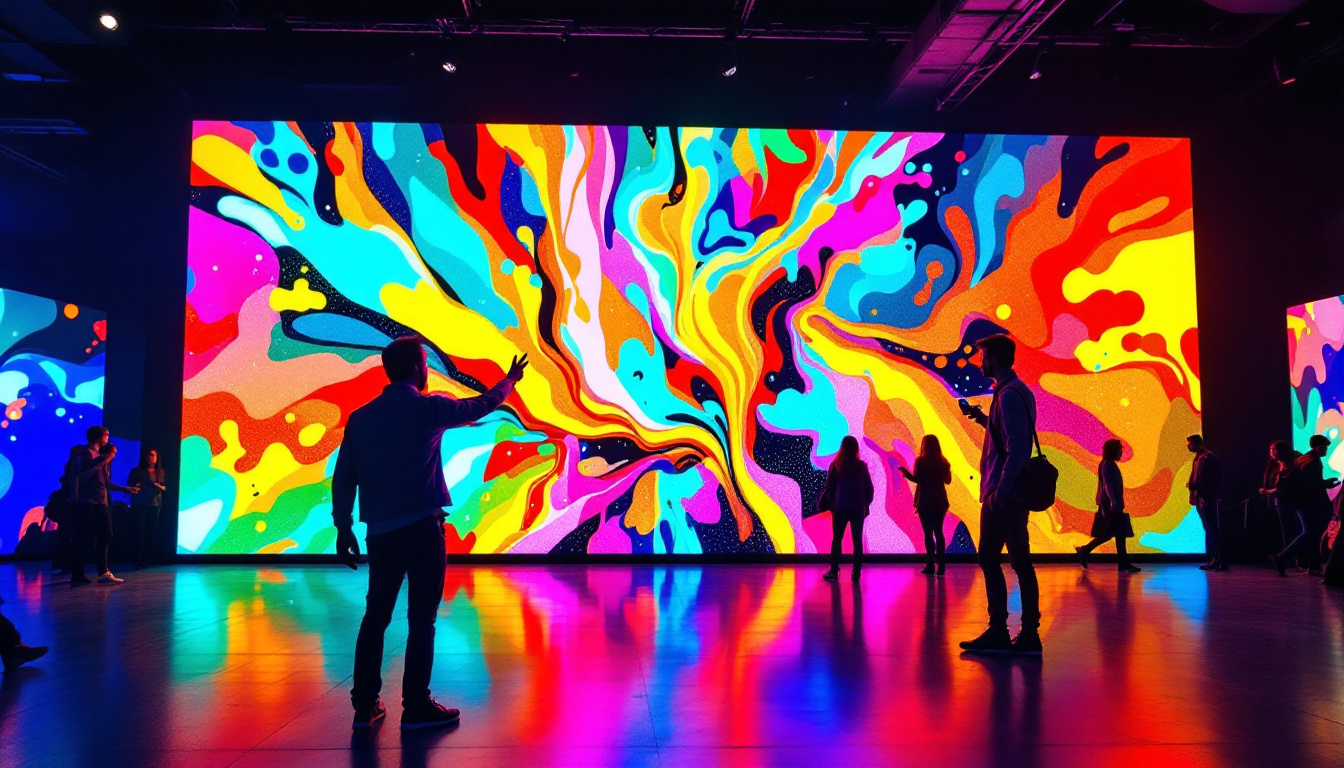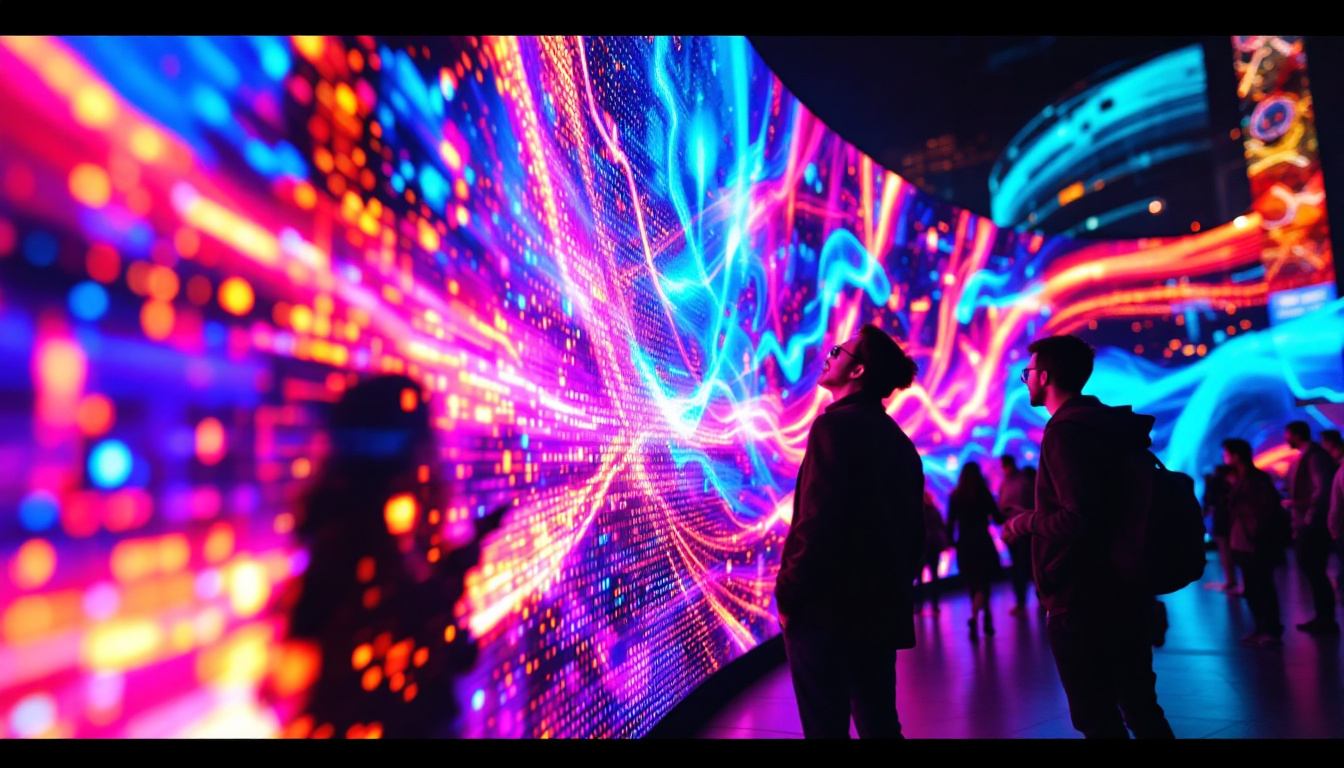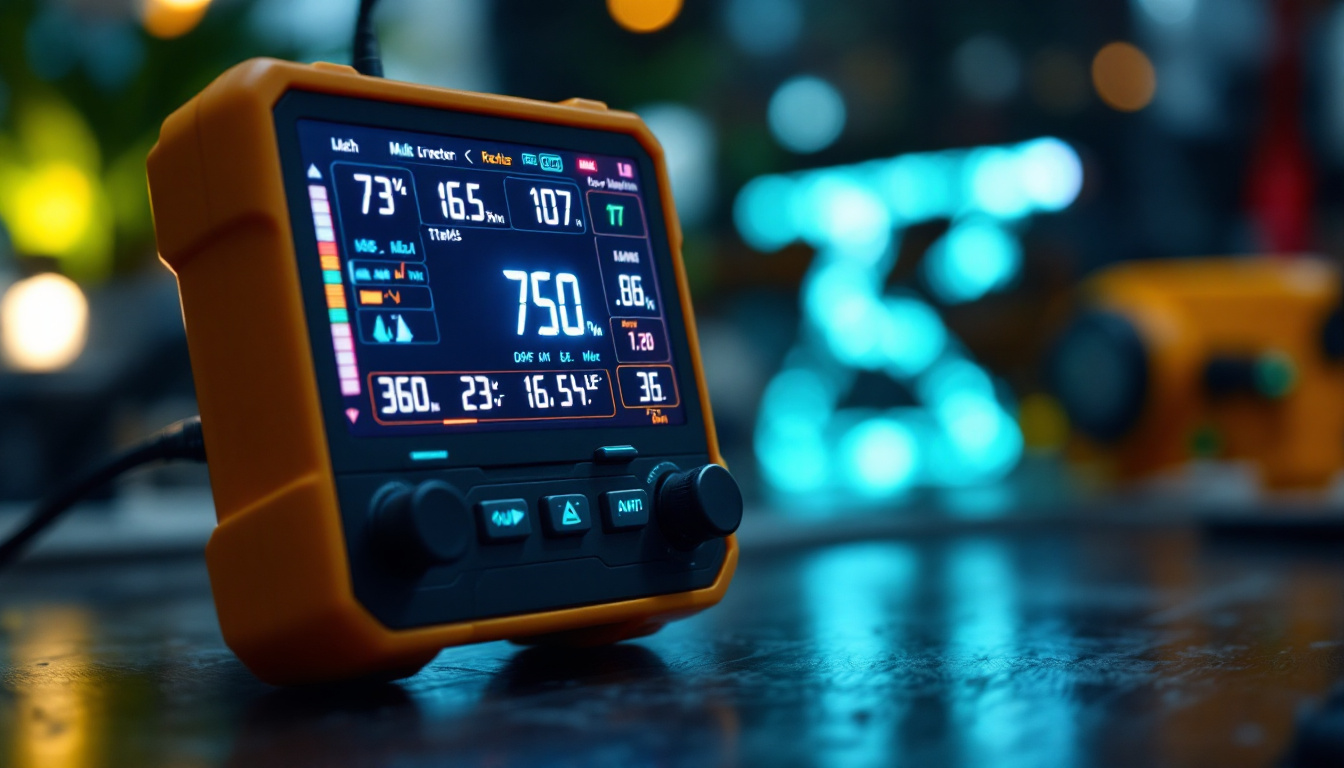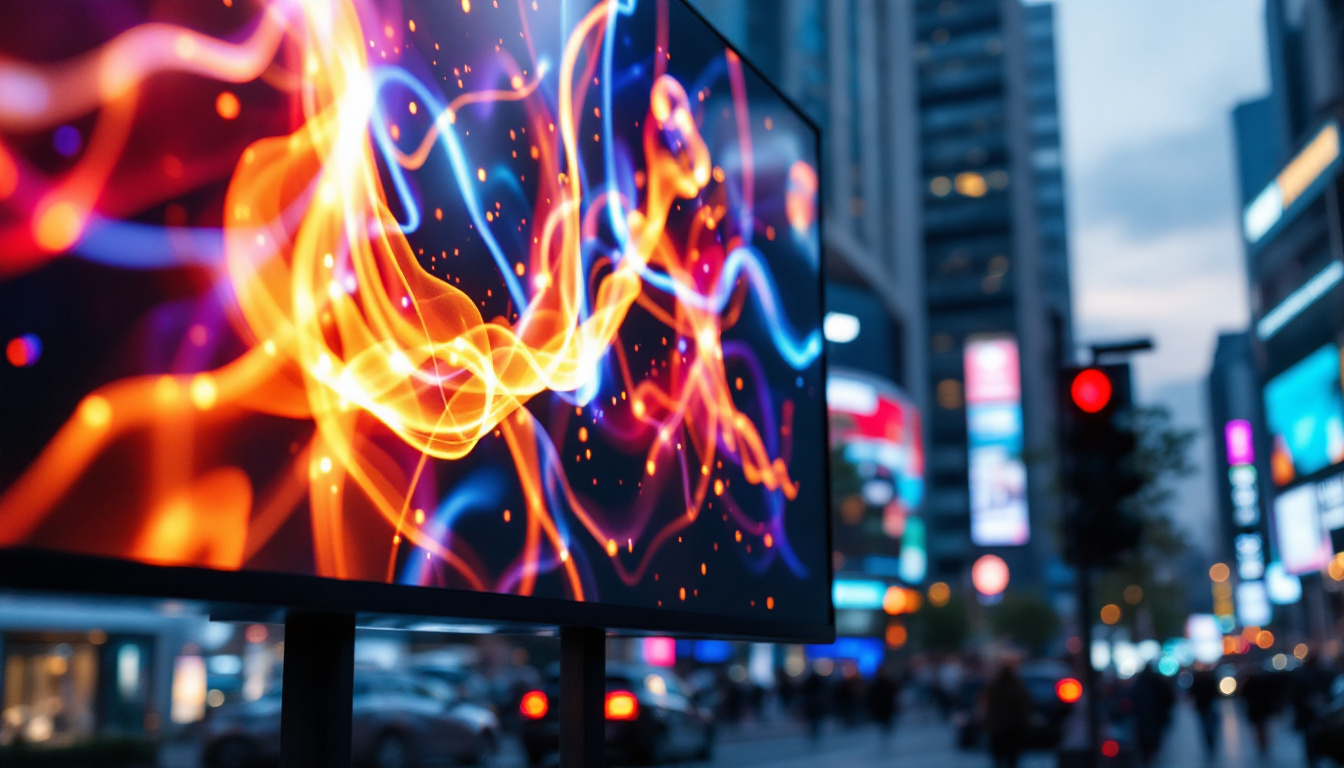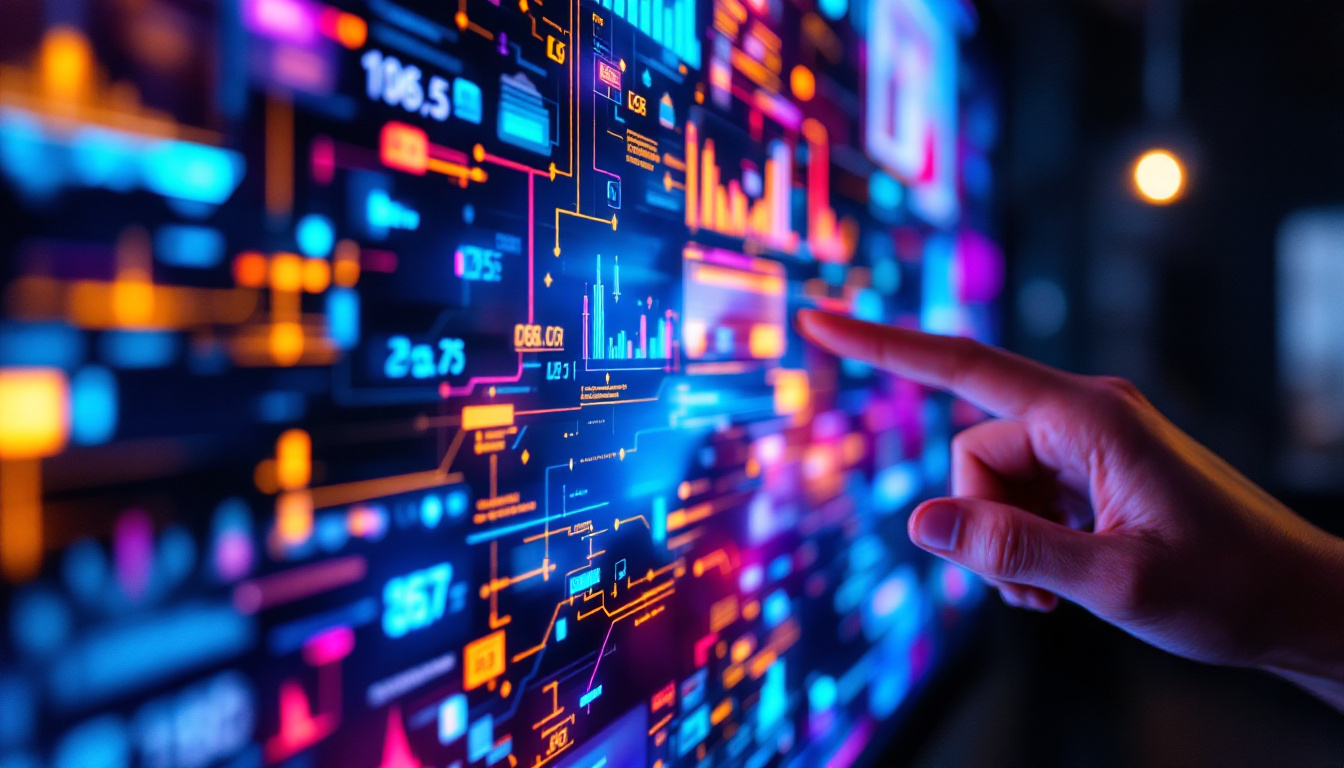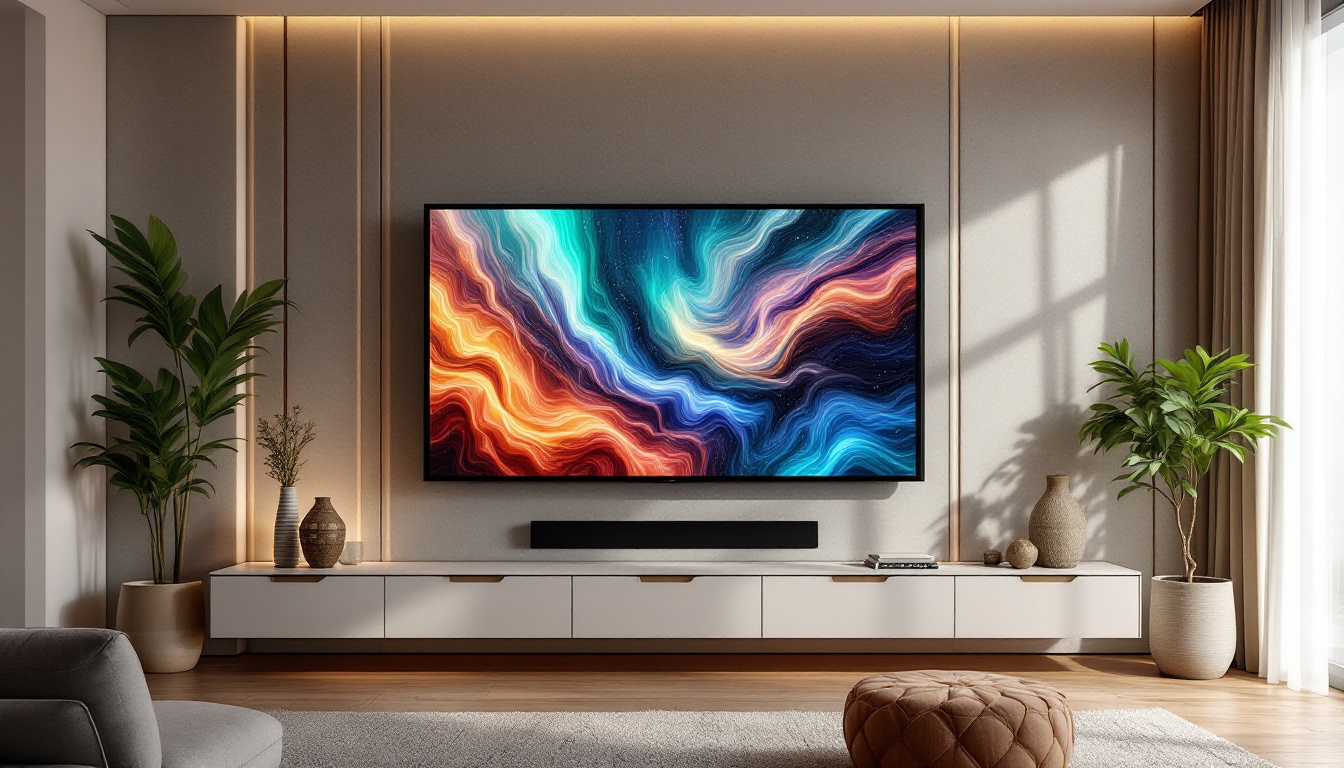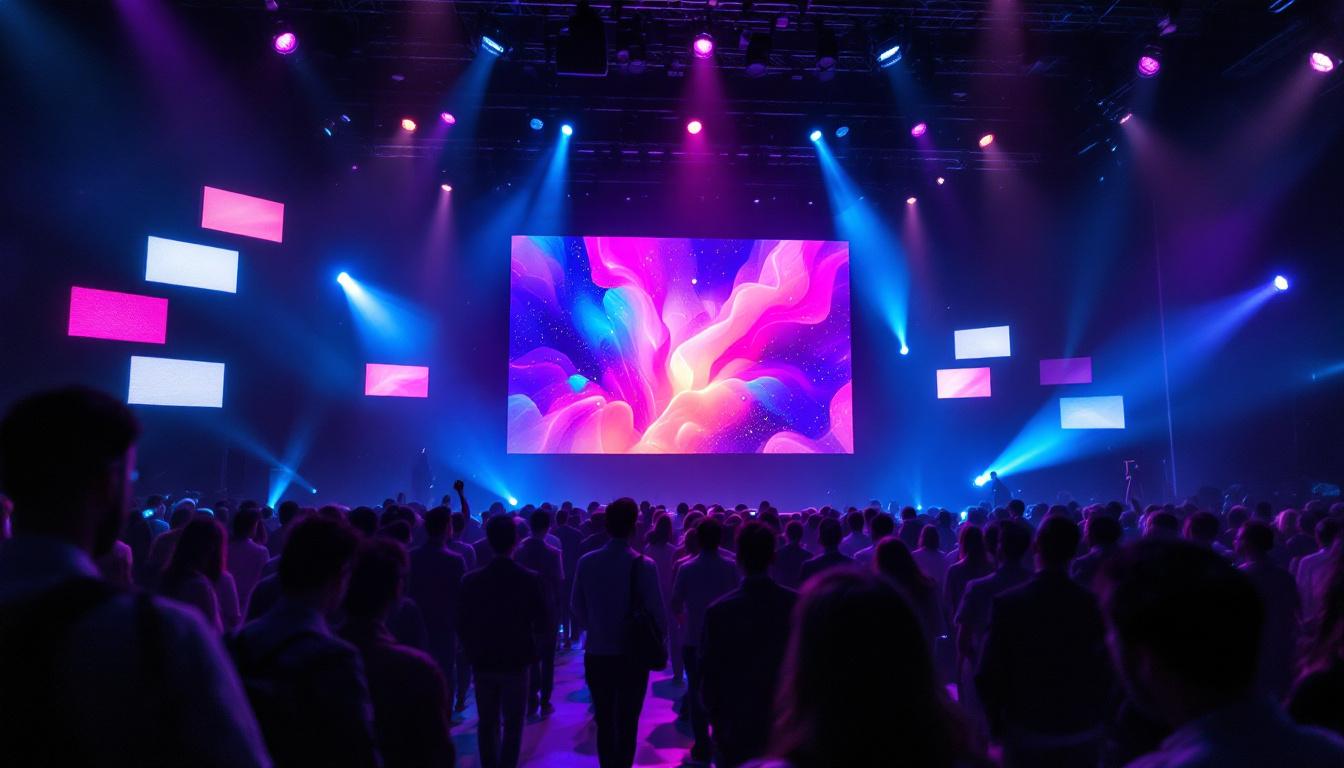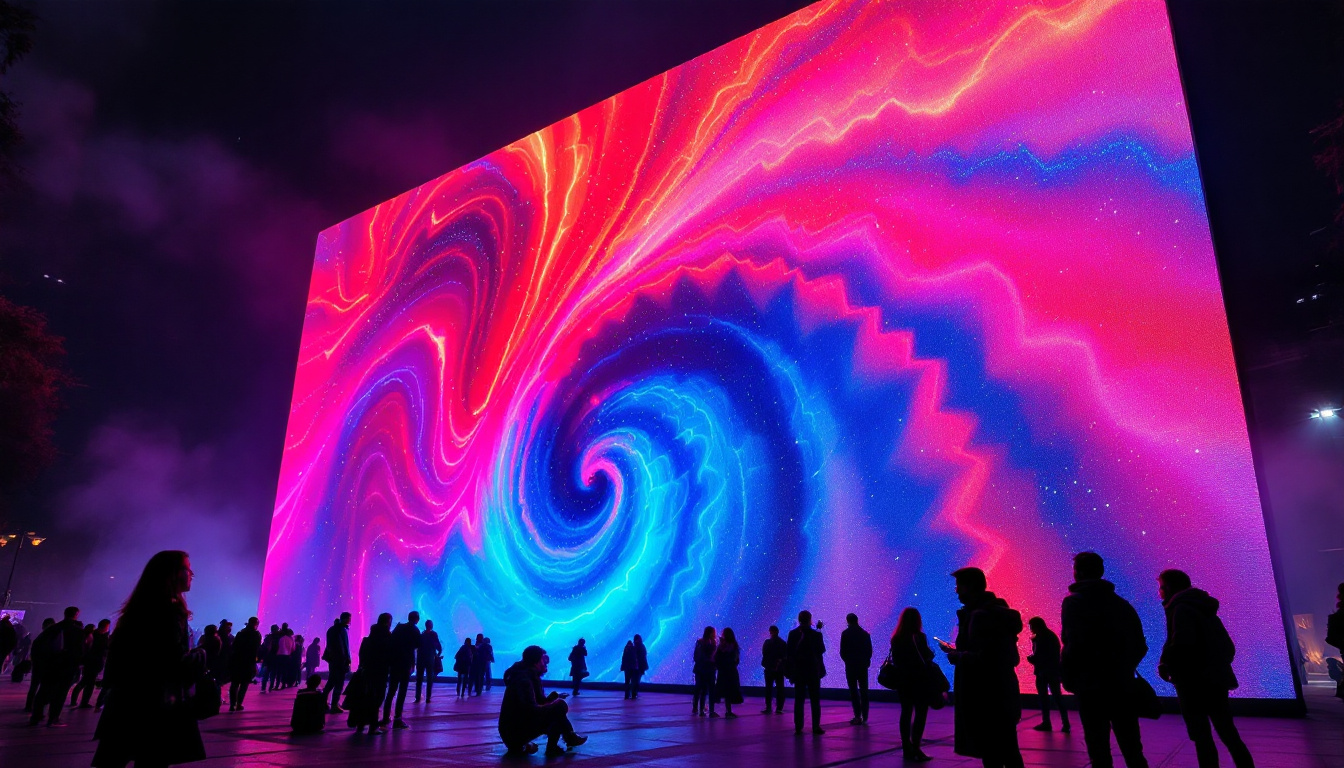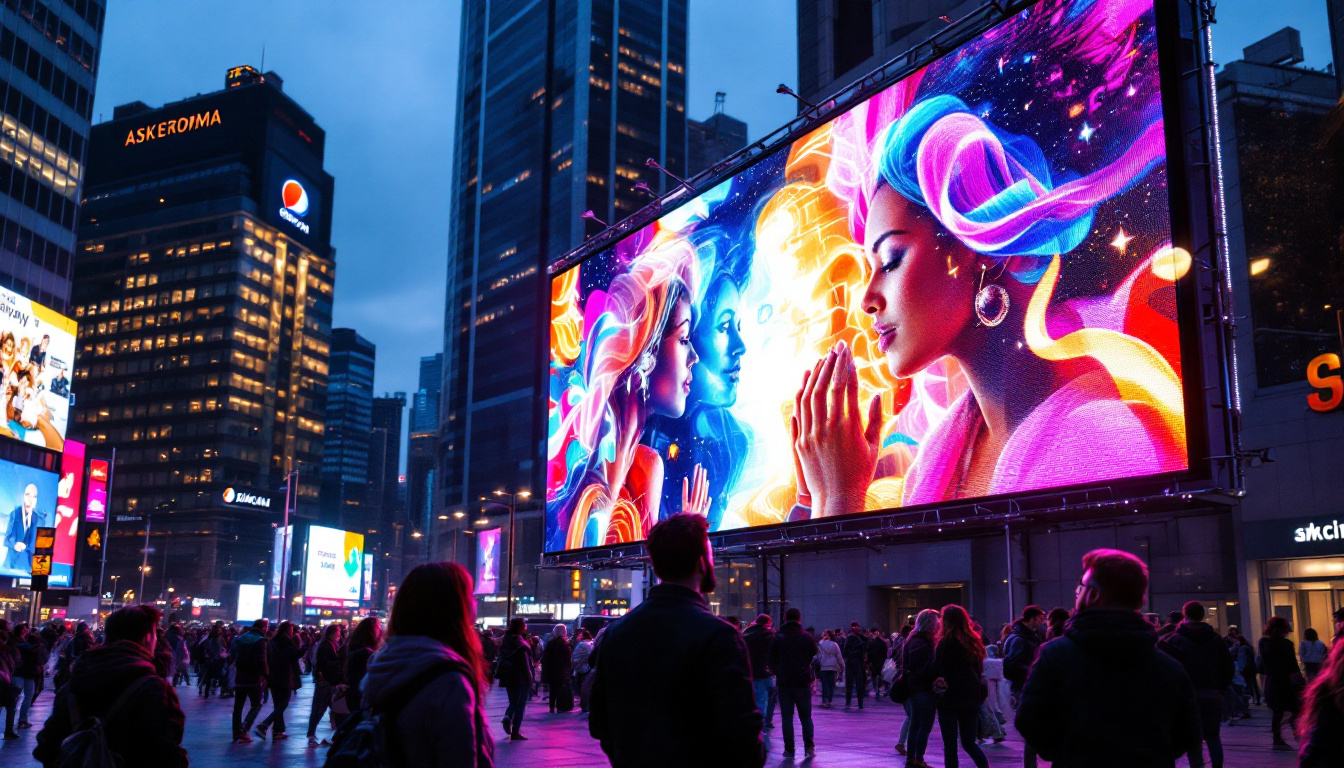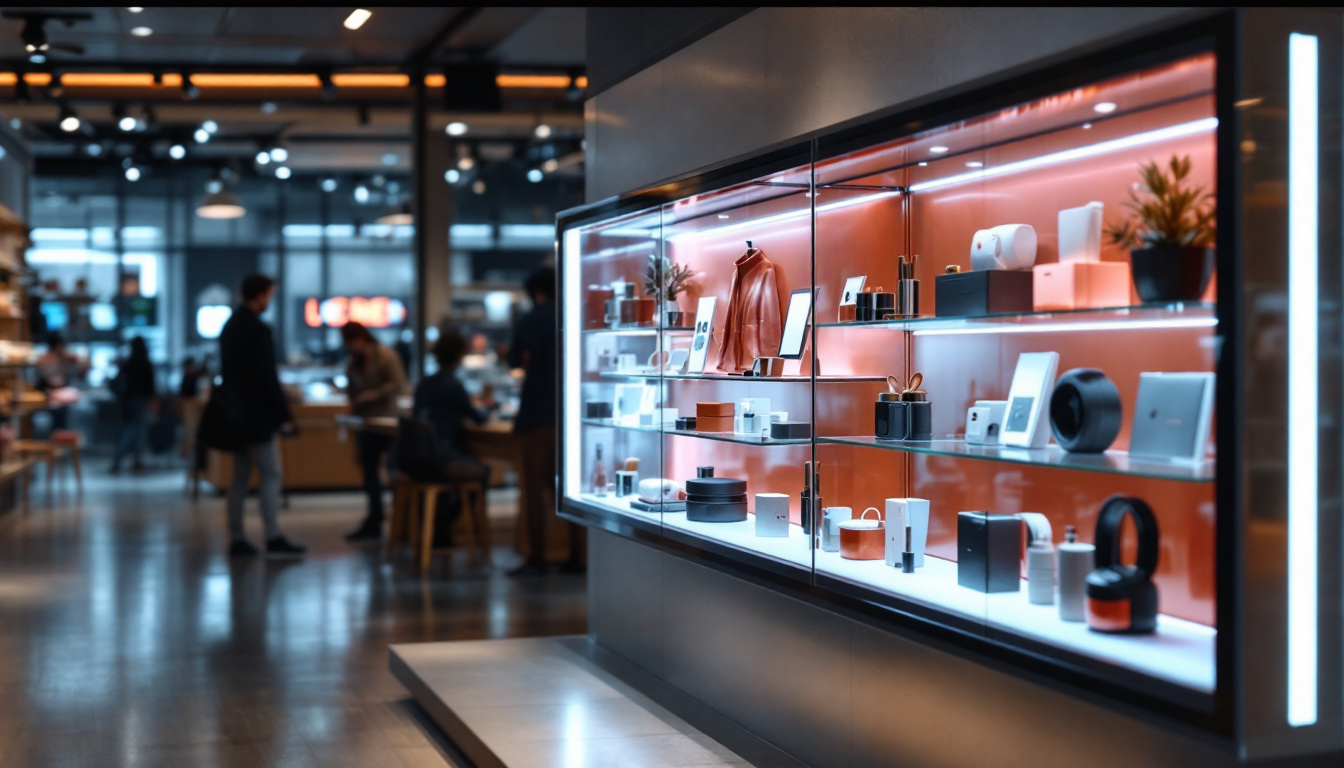In recent years, LED technology has revolutionized the way we experience visual media. From televisions to smartphones, LED displays are now ubiquitous, providing vibrant colors and sharp images. This article delves into the intricacies of 32-inch LED displays, exploring their technology, advantages, and applications.
Understanding LED Technology
Light Emitting Diodes (LEDs) are semiconductor devices that emit light when an electric current passes through them. This technology has been adapted for use in display screens, leading to the creation of LED displays. Unlike traditional LCD screens that rely on backlighting, LED displays utilize individual diodes to produce light, resulting in enhanced brightness and contrast. The efficiency of LEDs also contributes to lower energy consumption, making them an environmentally friendly option in comparison to older technologies. This energy efficiency is particularly beneficial in large-scale applications, such as billboards and stadium screens, where the cost of electricity can be substantial.
Types of LED Displays
There are primarily two types of LED displays: Direct LED and Edge-Lit LED. Direct LED displays have a grid of LEDs behind the screen, allowing for uniform lighting and better contrast. In contrast, Edge-Lit LED displays have LEDs positioned along the edges of the screen, which can create a slimmer design but may result in uneven lighting. The choice between these types often depends on the intended use; for example, Direct LED displays are favored in environments where color accuracy and brightness are critical, such as in graphic design studios or photography galleries.
Another variation is the OLED (Organic Light Emitting Diode) display, which offers even greater contrast and color accuracy. OLED screens emit light from organic compounds, allowing for deeper blacks and a wider color gamut. However, OLED technology tends to be more expensive and is often found in high-end models. Additionally, OLED displays have the advantage of being flexible, paving the way for innovative applications such as curved screens and foldable devices, which enhance user experience and open new avenues for design.
How LED Displays Work
LED displays work by controlling the intensity of light emitted from each pixel. When an image is displayed, the corresponding pixels light up in varying intensities to create the desired colors. This pixel-level control results in sharp images and vibrant colors, making LED displays ideal for a range of applications, from gaming to professional presentations. Furthermore, the ability to achieve high brightness levels means that LED displays remain visible even in brightly lit environments, making them a popular choice for outdoor advertising and public information displays.
The technology behind LED displays also allows for faster response times compared to traditional displays. This means that fast-moving images, such as those found in action movies or video games, are rendered smoothly without blurring or ghosting effects. Additionally, advancements in LED technology have led to the development of high refresh rates, which are particularly advantageous for competitive gaming and sports broadcasting, where every millisecond counts. As a result, LED displays are continuously evolving, incorporating features like HDR (High Dynamic Range) to further enhance the viewing experience by providing richer colors and improved contrast in scenes with both bright and dark elements.
Advantages of 32-Inch LED Displays
32-inch LED displays have become increasingly popular in homes and offices due to their numerous advantages. Their size is versatile, making them suitable for various environments, from small living rooms to corporate boardrooms.
Compact Size and Versatility
The 32-inch size strikes a balance between screen real estate and space efficiency. This makes it an excellent choice for users who want a larger display without sacrificing too much space. Whether mounted on a wall or placed on a desk, a 32-inch LED display can fit seamlessly into any setting.
Moreover, the compact size makes these displays suitable for a variety of uses, including streaming movies, playing video games, and conducting video conferences. Their adaptability ensures that they can meet the needs of different users and applications.
Energy Efficiency
One of the most significant advantages of LED technology is its energy efficiency. LED displays consume less power compared to traditional LCD or plasma screens, making them an environmentally friendly option. This not only reduces electricity bills but also contributes to a lower carbon footprint.
In addition, many modern LED displays come equipped with energy-saving features, such as automatic brightness adjustment based on ambient light. This ensures that the display operates efficiently while providing optimal viewing conditions.
Enhanced Image Quality
LED displays are known for their superior image quality, characterized by bright colors and high contrast ratios. This is particularly important for users who engage in activities that require color accuracy, such as graphic design or photo editing.
The ability to produce deep blacks and vibrant colors enhances the overall viewing experience, whether watching a movie or playing a game. Furthermore, many LED displays support high-definition resolutions, ensuring that content is displayed with clarity and detail.
Applications of 32-Inch LED Displays
32-inch LED displays are versatile and can be utilized in various settings. Their applications range from home entertainment to professional environments, showcasing their adaptability and functionality.
Home Entertainment
In the realm of home entertainment, a 32-inch LED display is an ideal choice for streaming services, gaming, and casual viewing. The size is perfect for smaller living spaces, allowing users to enjoy high-quality visuals without overwhelming the room.
Additionally, many modern LED displays come with smart features, enabling users to access popular streaming platforms directly from the screen. This convenience enhances the overall entertainment experience, making it easy to switch between different content sources.
Office Use
In professional settings, 32-inch LED displays are commonly used for presentations, video conferencing, and collaborative work. Their clarity and brightness ensure that information is easily visible to all participants, whether in a small meeting room or a larger conference space.
Furthermore, the compact size allows for easy integration into existing office setups. Many businesses opt for these displays to enhance productivity and streamline communication among team members.
Educational Settings
educational institutions have also embraced 32-inch LED displays for classrooms and lecture halls. These displays facilitate interactive learning experiences, allowing educators to present information dynamically and engagingly.
With the ability to connect to various devices, such as laptops and tablets, teachers can easily share multimedia content with students. This interactivity fosters a more engaging learning environment, making lessons more memorable and impactful.
Choosing the Right 32-Inch LED Display
When selecting a 32-inch LED display, several factors should be considered to ensure that the chosen model meets specific needs and preferences.
Resolution and Picture Quality
Resolution is a crucial aspect of any display, as it directly impacts image quality. Common resolutions for 32-inch LED displays include Full HD (1920 x 1080) and 4K UHD (3840 x 2160). For most users, a Full HD display offers excellent clarity, while those seeking the best possible picture quality may opt for a 4K model.
In addition to resolution, consider the display’s contrast ratio and color accuracy. Higher contrast ratios result in better differentiation between light and dark areas, enhancing the overall viewing experience.
Connectivity Options
Connectivity is another essential factor to consider. A good 32-inch LED display should offer multiple connectivity options, such as HDMI, USB, and VGA ports. This versatility allows users to connect various devices, including gaming consoles, laptops, and streaming devices.
Additionally, some models may feature built-in Wi-Fi or Bluetooth capabilities, enabling wireless connections to other devices. This can enhance convenience, particularly for users who prefer a clutter-free setup.
Brand Reputation and Reviews
When investing in a 32-inch LED display, it is wise to consider the reputation of the brand and read customer reviews. Established brands often have a track record of producing reliable and high-quality products, while customer feedback can provide valuable insights into the performance and durability of specific models.
Researching different brands and models can help consumers make informed decisions, ensuring that they select a display that meets their expectations and requirements.
Future Trends in LED Display Technology
The LED display market is continually evolving, with advancements in technology paving the way for new and improved products. Several trends are shaping the future of LED displays, particularly in the 32-inch category.
Increased Adoption of Smart Features
As technology advances, the integration of smart features into LED displays is becoming more prevalent. Future models are likely to include enhanced smart capabilities, such as voice control, built-in streaming services, and compatibility with smart home systems.
This shift towards smart technology will provide users with greater convenience and flexibility, allowing them to control their displays seamlessly and access content effortlessly.
Improved Energy Efficiency
With growing concerns about energy consumption and environmental impact, manufacturers are focusing on creating more energy-efficient LED displays. Future models may incorporate advanced technologies that reduce power consumption while maintaining high performance.
These improvements will not only benefit the environment but also appeal to consumers looking to minimize their energy costs.
Enhanced Display Quality
As competition in the display market intensifies, manufacturers are continually striving to improve picture quality. Future 32-inch LED displays are expected to feature higher resolutions, better color accuracy, and improved contrast ratios, providing users with an even more immersive viewing experience.
Additionally, advancements in HDR (High Dynamic Range) technology may become standard in future models, allowing for a broader range of colors and improved brightness levels.
Conclusion
32-inch LED displays have become a popular choice for a wide range of applications, thanks to their compact size, energy efficiency, and superior image quality. As technology continues to evolve, these displays are poised to become even more versatile and user-friendly.
Whether for home entertainment, professional use, or educational purposes, a 32-inch LED display offers an excellent balance of performance and convenience. By understanding the technology behind LED displays and considering factors such as resolution, connectivity, and brand reputation, consumers can make informed decisions that enhance their viewing experience.
As the market continues to innovate, the future of LED displays looks promising, with exciting advancements on the horizon that will further elevate the way we interact with visual media.
Discover LumenMatrix’s Advanced LED Display Solutions
Ready to elevate your visual experience with the latest in LED technology? Look no further than LumenMatrix, a pioneer in crafting LED display modules designed to captivate and engage. From the comfort of your home to the buzz of a professional setting, LumenMatrix offers a diverse range of solutions including Indoor and Outdoor LED Wall Displays, Vehicle LED Displays, and more. Embrace the future of visual communication with our innovative LED display solutions that promise to bring your message to life with vibrancy and precision. Check out LumenMatrix LED Display Solutions today and transform your space into a dynamic visual spectacle.

